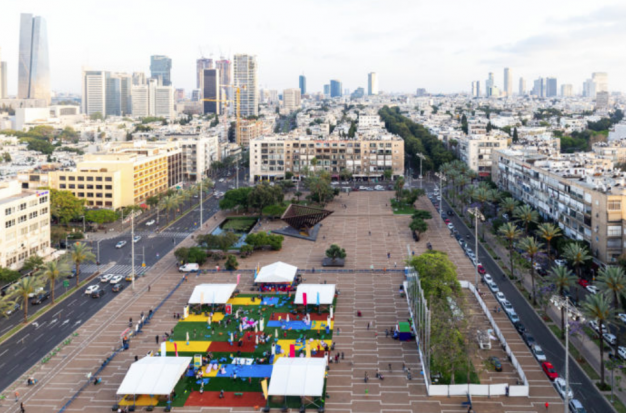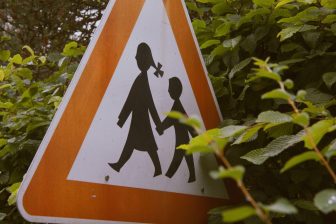
What is there to learn from ‘street experiments’?
‘Street experiments’ are becoming an increasingly helpful tool for examining how cities can be designed for people, not vehicles. This, says urban researcher Luca Bertolini, is especially relevant given the radical changes in how we are now using public spaces.
To examine this issue further, Bertolini, an urban planing expert at the University of Amsterdam, has investigated the impacts of ‘street experiments’ and drawn some lessons for urban policy.
The world, he says, is witnessing ‘a wealth of experiments which aim to make streets more enjoyable for people’.
“These experiments were happening before the crisis but the crisis has given rise to a veritable explosion in street experiments. Sometimes entire streets are converted into ‘streets for people’, where cars are no longer welcome and residents are given priority,” says Bertolini, whose research is focused in Mobility and Urban Planning.
So far, he adds, what has been missing is a good comparison between street experiments and lessons can be drawn from them in terms of systemic changes in urban mobility.
‘Utilise them more effectively’
Bertolini, writing in academic journal Transport Reviews, compares a number of experiments and comes to the conclusion that policymakers should incorporate the successful aspects of urban street experiments into long-term plans and policy so they can understand them better and utilise them more effectively.
Bertolini focuses on street experiments in which intentional temporary changes to street use are implemented to make ‘streets for traffic’ into ‘streets for people’. What are their main characteristics and impacts? How can these experiments trigger systemic changes in urban mobility? Bertolini compares experiments which are more and less radical:
- Changes to streetcrossings (re-marking streets)
- temporarily replacing a large parking area into seating, bicycle racks or public art installation
- ‘Ciclovias’ (in Latin America) and ‘Open Streets’ (North America and elsewhere), whereby street sections or, the ultimate urban experiment, entire streets are re-purposed.
Bertolini’s conclusion is that analyses of these experiments indicate positive impacts on things like physical activity; a shift of mobility away from the car and towards walking, cycling and public transport; increased safety; enhanced social interaction and social capital.It was also telling, he adds, that local businesses did not suffer any negative impacts. Conversely, the positive impacts were found to be greater in larger scale experiments, those focused on re-purposing of an entire street.
“The main challenge is not simply to tolerate street experiments but to proactively provide space for these experiments,” says Bertolini.
The often very short duration and low frequency of urban experiments also appeared to limit the impact.The positive impacts demonstrate the benefits of alternative street designs and purposes, says Bertolini, but their potential as triggers of a greater systemic change is unclear. He therefore proposes a number of assessment criteria, taken from the field of transition studies, which may help to assess and optimise the potential contribution to urban mobility change.
For example, how radical is the experiment? Are the interventions in the experiment fundamentally different from dominant practices? Also, how driven is the experiment? Is it a step towards long-term change with the aim of resolving a social issue?
Bertolini also questions the feasibility of experiments, and whether the goals are achievable in the short term using the resources that are available. He also looks at how strategic the experiment is, and to what extent does it provide lessons on how to achieve the intended fundamental changes. Do stakeholders have access to these lessons?
Crucially, he also considers the wider picture for society, namely, does the experiment have the potential to reach and mobilise the wider public?
‘Proactively shape physical space’
Bertolini sees potential strengths in their ability to be both radical and feasible, and in their ability to communicate and mobilise. Potential weaknesses are weak or non-existent links with urban policy and the lack of broad learning processes.‘If the potential of street experiments is to be utilised more effectively for urban policy, it is important that policymakers understand the various aspects of urban street experiments and their potential and limitations,’ says Bertolini. ‘The main challenge is not simply to tolerate street experiments but to proactively shape institutional and physical space for these experiments and to learn from them as a result.’




